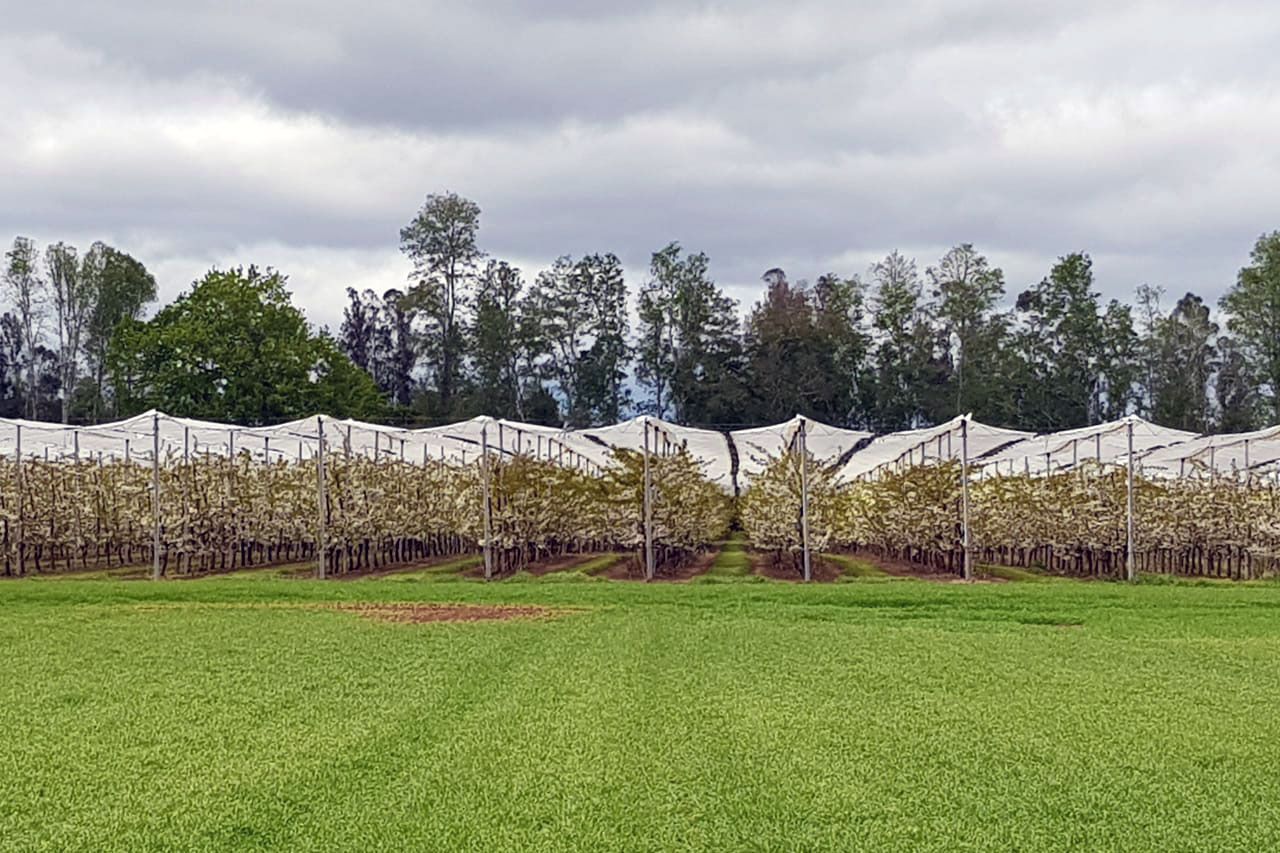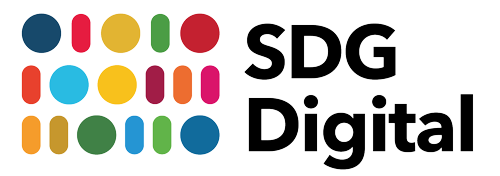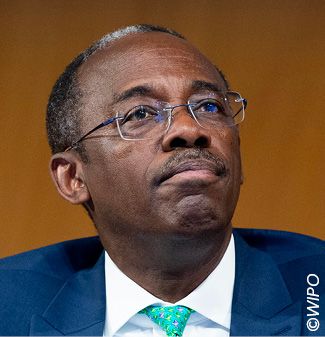
WIPO GREEN: Spreading climate-resilient technologies


Existing technologies must be matched with practical applications to address climate change and build a sustainable future for all. As we explore digital solutions to achieve the Sustainable Development Goals, we share the perspective of Edward Kwakwa, Assistant Director General, WIPO.
Tell us about your digital solution to accelerate progress on the UN Sustainable Development Goals (SDGs).
WIPO GREEN is a digital solution that nurtures creativity and innovation, encourages technology collaboration, and facilitates on-the-ground deployment of green technology solutions. This not only supports SDG 13 but also champions goals related to innovation and partnerships. Through initiatives like this, technology emerges as a driving force in our journey toward a sustainable future, showcasing the potential of digital solutions in addressing the world’s most pressing challenges. WIPO GREEN represents over 128,000 technologies from 140 countries, making it the UN’s most expansive green tech initiative.
Which organization or group is behind this digital solution?
The driving force behind WIPO GREEN is the World Intellectual Property Organization (WIPO), a specialized agency of the United Nations, as well as its network of partners, ranging from businesses and government agencies to universities and international organizations. WIPO is committed to harnessing intellectual property to address global challenges, including climate change, for the good of everyone.
How can your digital solution help put the SDGs back on track?
Many solutions that would help address climate change already exist, but they are not deployed widely enough. WIPO GREEN supports the attainment of the SDGs by capturing demand and connecting green technology innovators to the people and places in the world where technology is most needed.
The core purpose of WIPO GREEN is to match technology solutions to where their real practical application can positively impact people’s lives. The technologies listed as part of WIPO GREEN could have a huge impact in the world, from increasing access to clean water and energy to developing sustainable cities.
Which SDGs does your project aim to address, and why?
WIPO GREEN primarily targets Goal 13 (climate action) by promoting the diffusion of climate-resilient technologies. However, given the inherent technology component embedded in many SDGs and the interconnected nature of SDGs, it also supports Goal 6 (clean water and sanitation), Goal 7 (affordable and clean energy) and Goal 17 (partnerships for the goals) by enhancing global partnerships for sustainable development.
By targeting Goal 13, we also have an impact on all SDGs, since climate change and food security are among the most significant threats humanity faces and underpin all the other challenges.
What are the greatest challenges or risks you have faced in rolling out your digital solution for the SDGs?
Addressing the digital divide is pivotal to ensuring that WIPO GREEN effectively responds to global challenges. Ensuring that users, irrespective of their geographic or socio-economic background, can access and benefit from the platform is crucial.
Language barriers – though addressed to some extent through translation in most major languages – and issues like Internet access add complexity when rolling out WIPO GREEN as a platform for people and communities.
Another challenge has been connecting those most in need with climate technology solutions – something we must do to fully realize the platform’s matchmaking potential.
What are the advantages of joining forces with the International Telecommunication Union (ITU), the United Nations Development Programme (UNDP) and other partners to advance digital solutions for the SDGs?
Collaborating with organizations like ITU and UNDP amplifies the reach and efficacy of WIPO GREEN. These organizations bring in complementary expertise and networks, operate on the ground in climate-impacted regions, and can help identify local community needs for climate and food system solutions which can broaden the impact of WIPO GREEN’s work.
Synergies between the three agencies can enhance the diffusion of green technologies and ensure that the platform’s offerings are aligned with the multifaceted needs of developing countries, leading to a holistic one-UN approach to sustainable development.
WIPO Director General Daren Tang presented this platform to nurture green technology solutions during the SDG Digital event at UN Headquarters on 17 September.
WIPO GREEN is featured as a digital solution for SDG13 (climate action) in the SDG Digital Acceleration Agenda, prepared by ITU and UNDP with knowledge partner Boston Consulting Group and support from the Inter-American Development Bank (IDB).

Image credits: WIPO
(Updated 18/09/2023)
